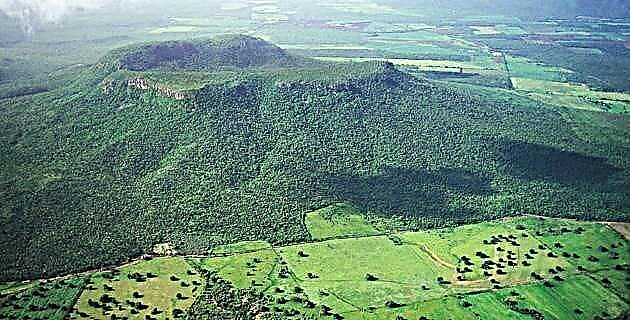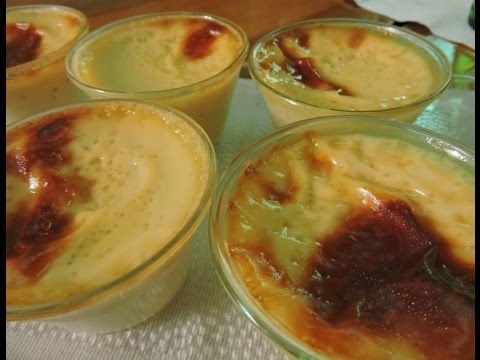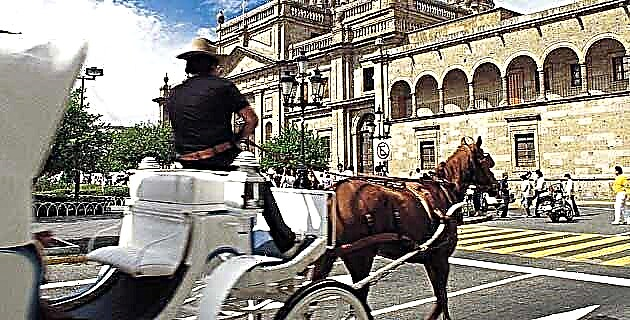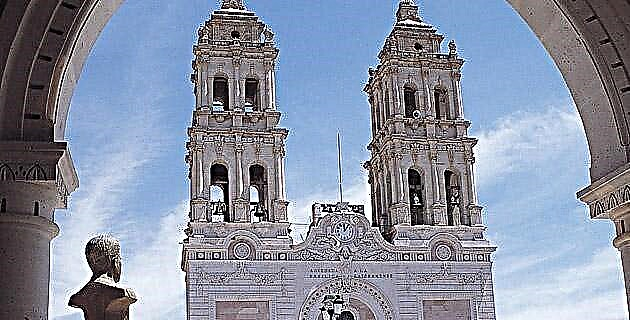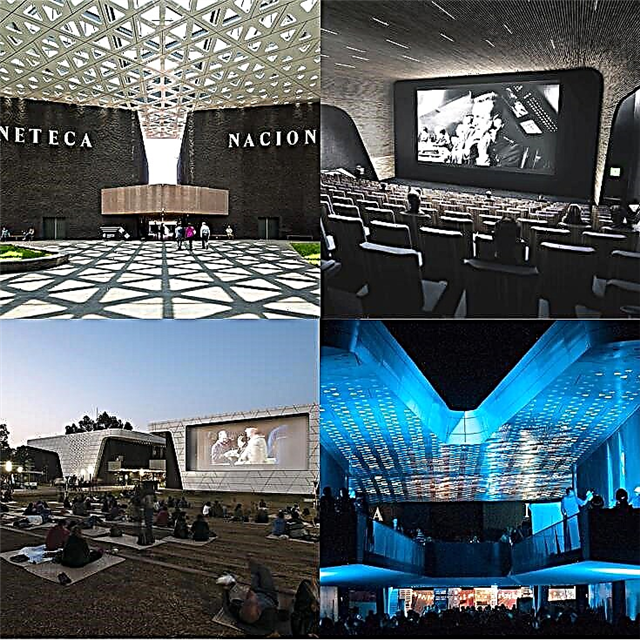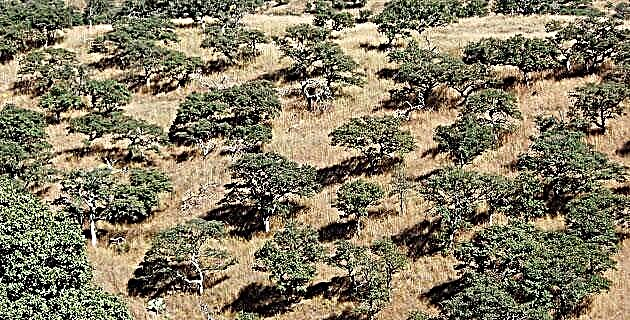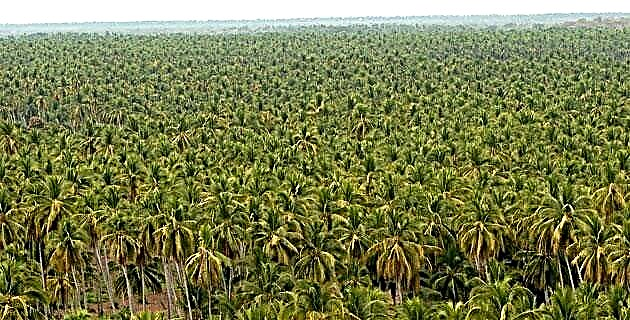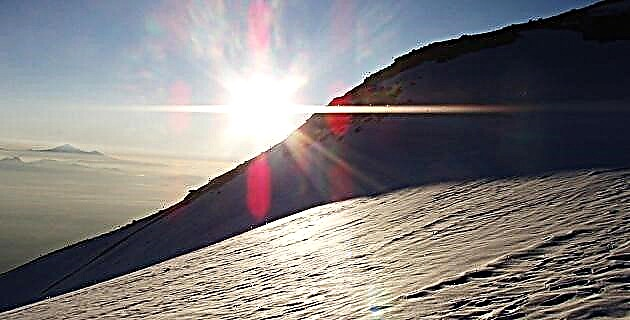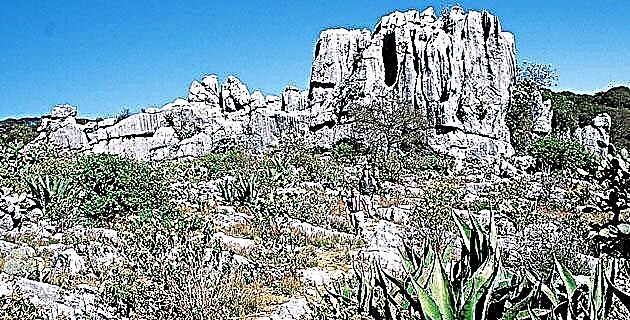
Join us on an excursion through the desert of the Potosino Altiplano, aboard legendary willys, towns full of legend, unlimited flavors and a flora and fauna so rich, that it is only possible in a desert that is given in abundance.
The moon was accompanying us all the way while we entered the desert. We crossed Matehuala, lit by the seductive neon lights of its motels, which for many, evoke the atmosphere of the mythical Route 66 that crossed, from coast to coast, the North American territory. The night was cool and with the windows down, we enjoyed the smell of damp earth. Thus we arrived at the Vanegas cruise ship and from there we traveled 28 km more to Station Catorce. Finally we stopped right in front of the old train station, at the home of Cristino Rodríguez, who would be our guide and driver to take us to know the mysteries of the Sierra de Catorce, in what he has called "the photographic safari".
We had decided to spend the night before the trip at his house, to leave early in the morning. The dinner, in addition to being abundant, had a familiar tinge and despite the fatigue, the talk lasted until after midnight. Cristino has prepared some rooms in his house to accommodate the travelers that he will guide the next day through the desert. Exhausted from the journey, I turned off the light and rested peacefully on an old brass bed, thus came a deep sleep.
In the purest African style
The next morning, after having breakfast, we boarded a willy, the legendary transport that has tamed the foothills of the sierra. First, we headed towards Wadley Station, which was only a transit point on the road to deviate there towards San José de Coronados, an old town of gambusinos nestled in the foothills of the Sierra de Catorce. Despite the short distance to the town (9 km), the road was slow, as we constantly made stops to identify the cacti, one of the purposes of this excursion. For this, Onésimo González, a biologist specialized in the flora of the region, accompanied us.
Since we took the deviation at Wadley Station, we entered a core area of the protected biosphere reserve, known as the Sacred Route of Wirikuta. Among other desert species, the biznagas (cabuchera and barrel) and the peyote, a sacred cactus of the Huichols, abound here.
Upon reaching San José de Coronados we immediately went up to the viewpoint, there we contemplated the town, like a lost point in the immensity of the desert. Taking advantage of the fact that Cristino is a native of San José, we went down to the center to spend a while with his family before continuing to the so-called Black Lands.
Ghost towns and sulfur
As we climbed the mountains, the vegetation was transforming. Upon reaching the next stopover, known as La Tolva, we found ourselves in the middle of a pine forest that was far from the typical landscape of the Potosino Altiplano. La Tolva are the vestiges of a station that received the mineral from the top of the mountains, through baskets that descended by means of gravity. This was only the preamble to get to the General, an old antimony mine from where the ore was sent to the Hopper. From here, the road gets narrower and steeper, making the difference (in addition to the expertise of the driver) between willys and ordinary four-wheel drive trucks.
We were already in Tierras Negras, named for the coloration that sulfur adds. As we progressed up the slope, we found abandoned houses, former homes of the gambusinos, today converted into ghost towns. Thus we reached the top of Cerro de la Corona and the view was more than extraordinary, dominating from 2,845 meters high, all the fullness of the desert. From there we begin to descend again, stopping to eat at the Huerto del Ahorcado, an oak grove that marks the middle of the route.
With a satisfied stomach we resumed the road, stopping to take pictures in strategic places that Cristino was suggesting to us. As the afternoon began, the panoramic view of the Santa Ana Mine and the town of La Luz, looked out at the bottom of a ravine. We cross through the middle of the town to reach the Refugio sinkhole, before entering the Ogarrio bridge. At the end of the surprising 2.3 km long tunnel, Real de Catorce awaited us, with all its bustle that has taken away the adjective of “ghost town”.
Despite already knowing most of its monuments, we took the opportunity to visit the recently inaugurated Casa Catorceña and Casa de la Moneda, now converted into a house of culture. Later, as the day continued, after descending to the banks of a gorge, we first reached the Socavón de Purísima, a former hacienda where silver was benefited, and finally Los Catorce, where we had the opportunity to visit the interior of the church, marveling at the works of art it preserves.
When we finally arrived at Carretas, the point where the wagons with merchandise climbed and returned to the railroad laden with silver, the sun began to set on the horizon. The rest of the trip, already on the plain, we enjoyed a sunset that reddened the clouds. At Estación Catorce a good bath and a family dinner awaited us.
The magical desert
During the following days we dedicated ourselves to exploring this region known as the Bajío. We explore much of the protected area of the biosphere, photographing and taking note of the enormous variety of species found in it.
We also visit towns immersed in the desert, such as San Antonio de Coronados. We got lost without haste through its picturesque streets and toured the aqueduct that rises in the immensity of the mountains. The town's billiards sheltered us from the inclement sun and we refreshed ourselves with a drink around an old billiard table, which had evidently passed its best times. On leaving town, Doña Diega entertained us with her cuisine, famous beyond regional borders. She always has seasonal surprises at her table: corn gorditas stuffed with goat cheese with cascabel chili, gorda de tripa (stuffed with cheese and cinnamon), oven gorditas and quince paste, which she calls jam.
Rincón de Coronado, Ranchito de Coronado and Las Margaritas were other towns that were part of our itinerary. But perhaps the place that captivated us the most was the Yucas Forest, a little-known place near Huertecillas. Among these palms so representative of the desert are hidden the remains of some houses and an adobe church. It is about what was a cinematographic location for the movie Desierto Adentro (2006, Dir: Rodrigo Plá), whose scenography is already part of this place. Here the sunset surprised us, which was more than casual, it was premeditated. And it goes without saying that it was a total communion with the desert when the sun faded between the arms of the yuccas.
It has been said that this is a magical and mystical desert, and this is the best place to corroborate it. But one more surprise awaited us and it ran on behalf of Onesimus, who had heard of the presence of prairie dogs in the plains near Vanegas. Accompanied by a guide, we decided to look for them and we were happily rewarded. At the end of an immense grassland, we find the habitat of these surprising creatures, that little accustomed to the human presence, hid under the ground, to later emerge curious as we passed.
After a few days in the Bajío, we returned to Matehuala and as a ritual, first of all we went to the El Chivero restaurant to enjoy its excellent kid. Later, we lay by the pool at the Las Palmas motel enjoying another wonderful sunset that contrasted with the neon signs. The night was just beginning to cool down as we planned the next routes. The next day we would leave again to explore this magical desert.
What's so special about willis?
They are wagons that arrived in the Sierra de Catorce in 1958. They were used to transport pilgrims from Estación to Real de Catorce. To be able to travel in the steepness of the mountains they were rebuilt and adapted. This required changing the engine, transmission and differentials. Now it is intended to use them for these tourist circuits and photographically explore the region.
Desert flavors
They are as surprising as they are abundant and for many, even exotic. Among the cacti and their fruits that are consumed, the cabochons stand out, the fruit of the biznaga, which is used for preserves and even pizzas. The nopal also has various ways of preparing: breaded, in salad, stuffed and even in jelly. Goat cheeses and milk sweets also abound here.
The kid is a point and apart because Matehuala is the “cradle of the kid”, since for a long time and before it began to be marketed in other cities, it was already part of the homemade food in this area. Here they produce a large part of the kids that are consumed in Monterrey, and in production times, they prepare approximately 2,000 a day. Mezcals are more than what the region can boast of. Laguna Seca, Santa Isabel and Jarillas are the renowned mezcal factories.

